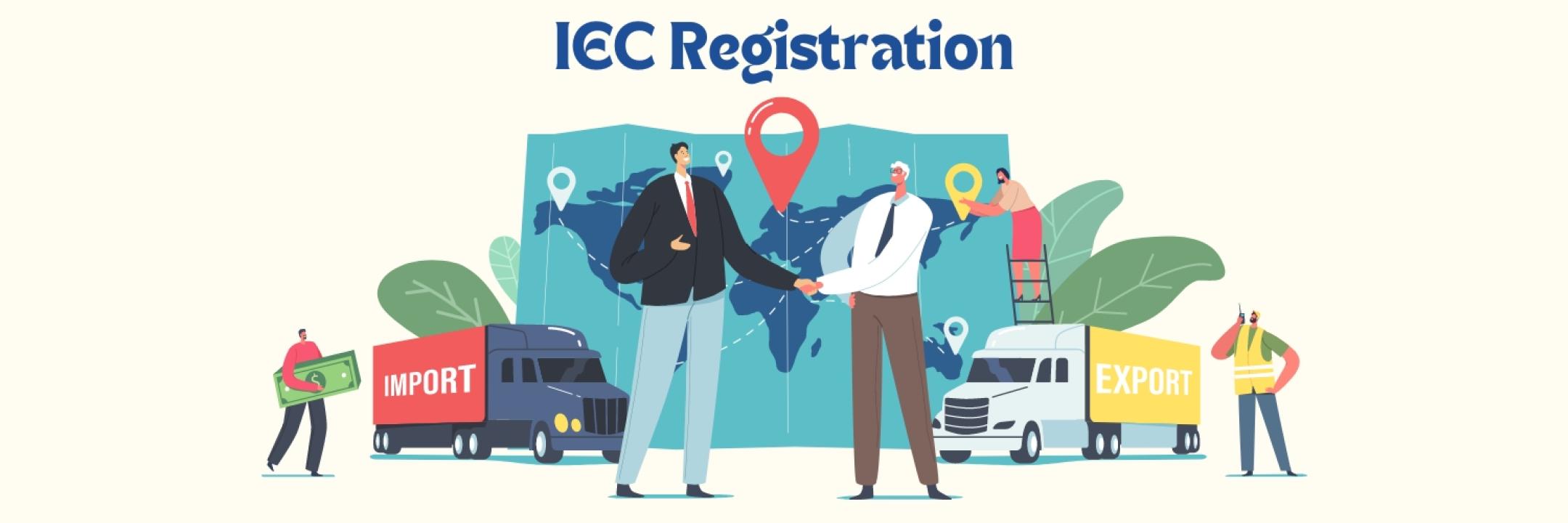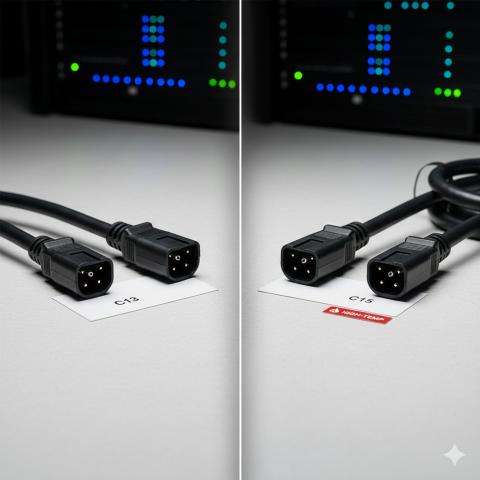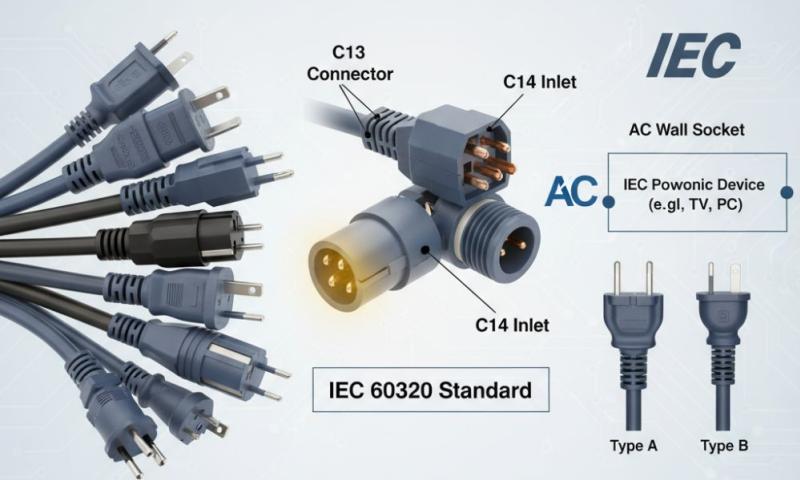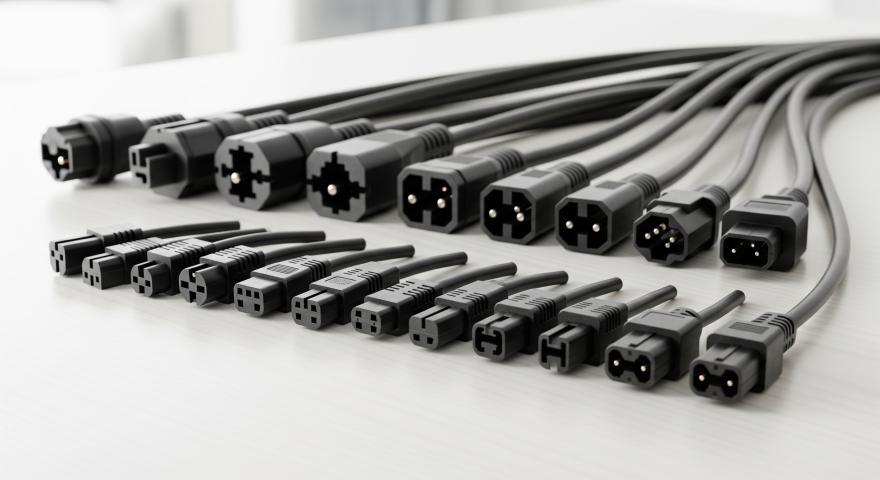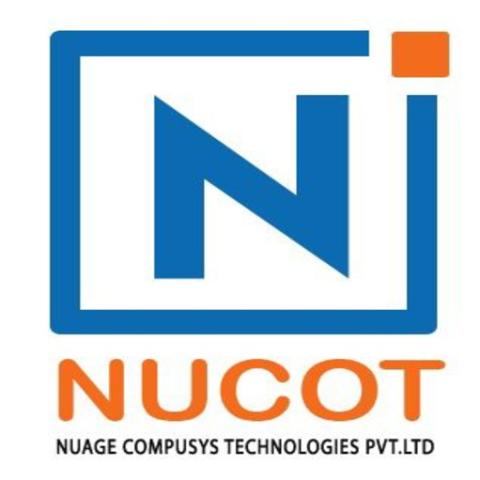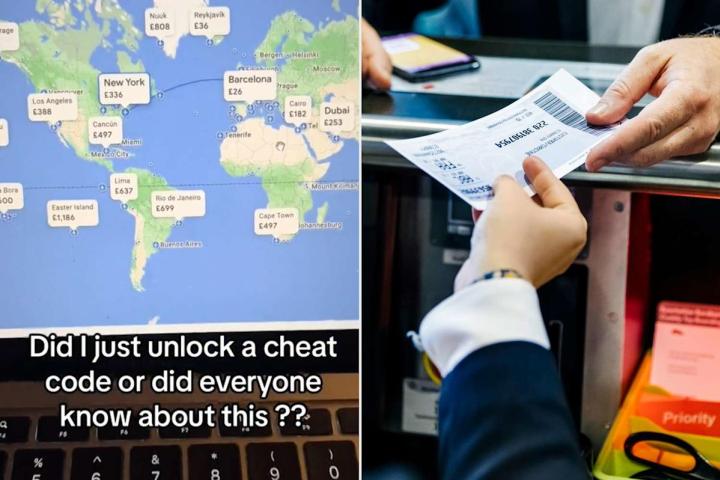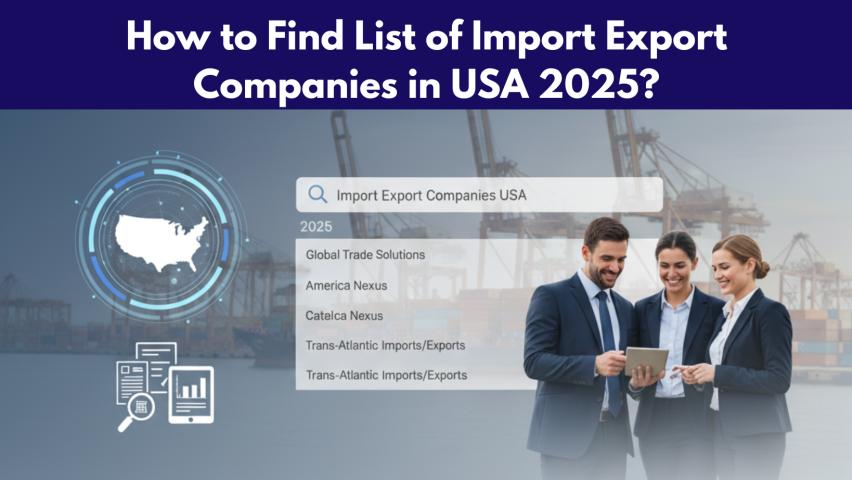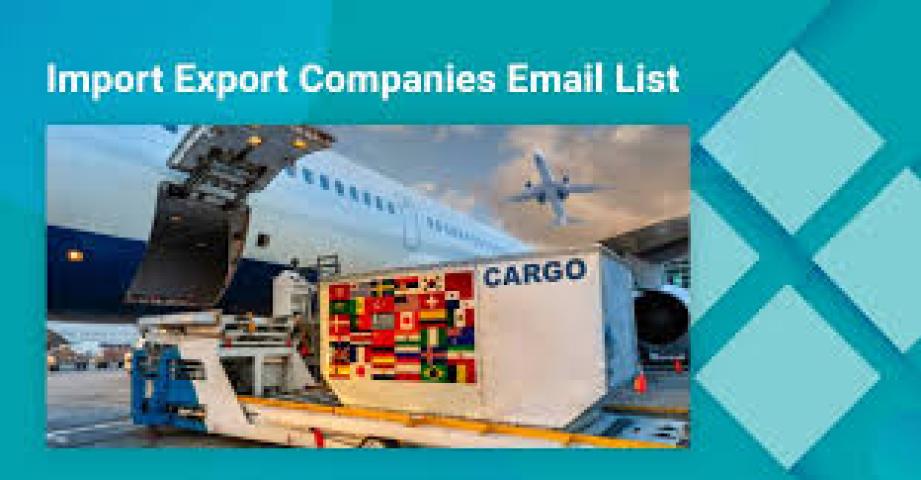The Importer Exporter Code (IEC) is a vital business identification number required for businesses in India engaging in cross-border trade. Issued by the Directorate General of Foreign Trade (DGFT), the IEC code is essential for importing or exporting goods and services. Whether you’re a new entrepreneur looking to expand internationally or an established business owner diving into foreign markets, obtaining an IEC code is the first step.
This article covers everything you need to know about Import Export Code Registration, including requirements, the step-by-step registration process, updating the IEC, and its advantages for businesses.
What is an Import Export Code (IEC)?
The Import Export Code (IEC) is a 10-digit unique identification number issued by the DGFT, and it’s mandatory for any business that wishes to import or export in India. Without this code, customs clearances and international financial transactions cannot proceed, making it a must-have for businesses looking to trade internationally. Additionally, the IEC code remains valid for a lifetime, requiring only periodic updates without the need for annual renewal.
Importance of the IEC Code
The IEC is essential for several reasons:
1. Customs Clearance: It is mandatory for customs clearance during imports and exports.
2. Bank Transactions: Banks require IEC details to process international trade payments.
3. International Business Legitimacy: IEC provides authenticity, enabling easier access to foreign markets and suppliers.
Key Requirements for IEC Code Registration
To apply for an IEC code registration, businesses need to meet a few requirements. Here’s what you’ll need:
1. Business Structure: The applicant can be an individual, partnership firm, LLP, company, or HUF (Hindu Undivided Family). Each type of entity must have an active PAN card.
2. Valid Business Address: A registered business address is necessary, with proof such as recent utility bills, rent agreements, or ownership papers.
3. Active Bank Account: An operational business bank account is essential for payment processing, and a canceled cheque for this account is required for registration.
4. KYC Documents: Identity and address proof of the individual or the business’s authorized signatory.
Required Documents for IEC Registration
The following documents are typically required for IEC registration:
- PAN Card of the business or individual applying.
- Address Proof for the business (electricity bill, lease agreement, or property ownership documents).
- Bank Certificate or a canceled cheque for the business account.
- Digital Signature Certificate (DSC), if required.
These documents should be valid, recent, and clear to avoid processing delays.
Step-by-Step Process for IEC Code Registration
IEC registration can be completed online through the DGFT website. Here’s a simple guide to help you through the process:
Step 1: Visit the DGFT Portal and Register
Start by visiting the DGFT (Directorate General of Foreign Trade) portal. Create a new account if you don’t have one or log in if you’re a registered user.
Step 2: Select the “Apply for IEC” Option
Once logged in, go direct to the Apply IEC section. This will direct you to the IEC application form.
Step 3: Fill Out the IEC Application Form
The IEC application, also known as ANF-2A, requires basic business details. This includes information like your business name, address, contact details, bank account details, and PAN number. Carefully fill out the details to avoid errors.
Step 4: Upload Required Documents
Upload the necessary documents, including the business’s PAN, address proof, and bank details. Make sure all documents are clear and valid.
Step 5: Payment of IEC Registration Fees
Once the form is filled out and documents uploaded, proceed to pay the IEC application fee, which is typically ₹500. Payment can be made online through net banking, debit/credit cards, or UPI.
Step 6: Submit the Application
After payment, review your application and submit it for processing. You’ll receive an application acknowledgment with a reference number, which can be used to track the status.
Step 7: Receive IEC Certificate
After successful processing, the DGFT issues the IEC code, and you’ll receive an IEC certificate digitally. This code is permanent, so you won’t need to renew it annually, but you may need to update details periodically.
How to Update Your IEC Code
Keeping your IEC code details up to date is essential to avoid issues with customs or banking. If there are any changes to your business details—such as a change of address, bank account, or business name—you need to update your IEC. Here’s how to do it:
1. Log into the DGFT Portal using your credentials.
2. Go to the Update IEC section, where you can update business details.
3. Submit the necessary documents for verification of the changes.
4. Once updated, the changes are reflected in your IEC profile without altering your code.
Updating the IEC regularly ensures you stay compliant with regulatory requirements and avoid unnecessary delays in trade transactions.
Benefits of IEC Code Registration
1. Global Market Access: An IEC code enables businesses to enter global markets by facilitating import and export activities.
2. Customs Clearances: The IEC is required at every customs clearance, making it essential for hassle-free import/export processes.
3. Bank Transactions: Banks require IEC details to process international trade payments, enabling seamless financial transactions.
4. Lifetime Validity: The IEC is valid for a lifetime, so there’s no need for yearly renewals. However, periodic updates are essential to keep details accurate.
5. Tax Incentives and Benefits: In some cases, having an IEC can help businesses avail themselves of export incentives and benefits offered by the government under various trade promotion schemes.
6. Growth Opportunities: With IEC, businesses can expand into international markets, forging partnerships, exploring new customer bases, and increasing revenue streams.
Frequently Asked Questions (FAQs)
1. Who needs an IEC code?
Ans. Any business that plans to engage in cross-border trade of goods or services requires an IEC code, whether it’s an individual, partnership, LLP, or company.
2. Can I apply for an IEC code as an individual?
Ans. Yes, individuals involved in import-export can apply for an IEC code using their PAN, provided they fulfill other registration requirements.
3. Is the IEC code valid indefinitely?
Ans. Yes, the IEC code is valid for a lifetime. However, it’s essential to update any business detail changes periodically on the DGFT portal.
4. Can the IEC code be cancelled?
Ans. Yes, the IEC can be canceled if a business decides to stop importing or exporting. This request is made through the DGFT portal.
5. How long does it take to receive the IEC code?
Ans. Once submitted, it generally takes 1–5 working days for the DGFT to process the IEC application and issue the code.
Conclusion
The IEC Code Registration process is a straightforward but crucial step for any Indian business looking to expand into international trade. This code not only facilitates smooth import-export transactions but also establishes your business’s credibility in global markets. With simple online registration, accessible fees, and a lifetime validity, obtaining an IEC is a wise investment for any growing business. Remember to update your IEC whenever necessary to maintain compliance and enjoy the full benefits of cross-border trading.
